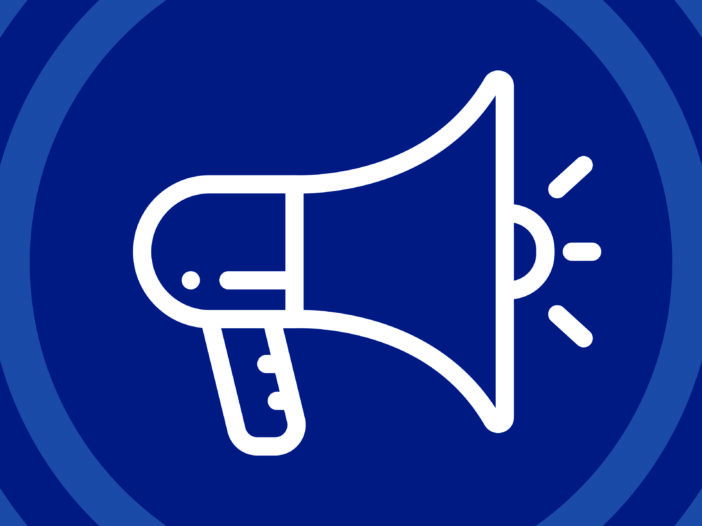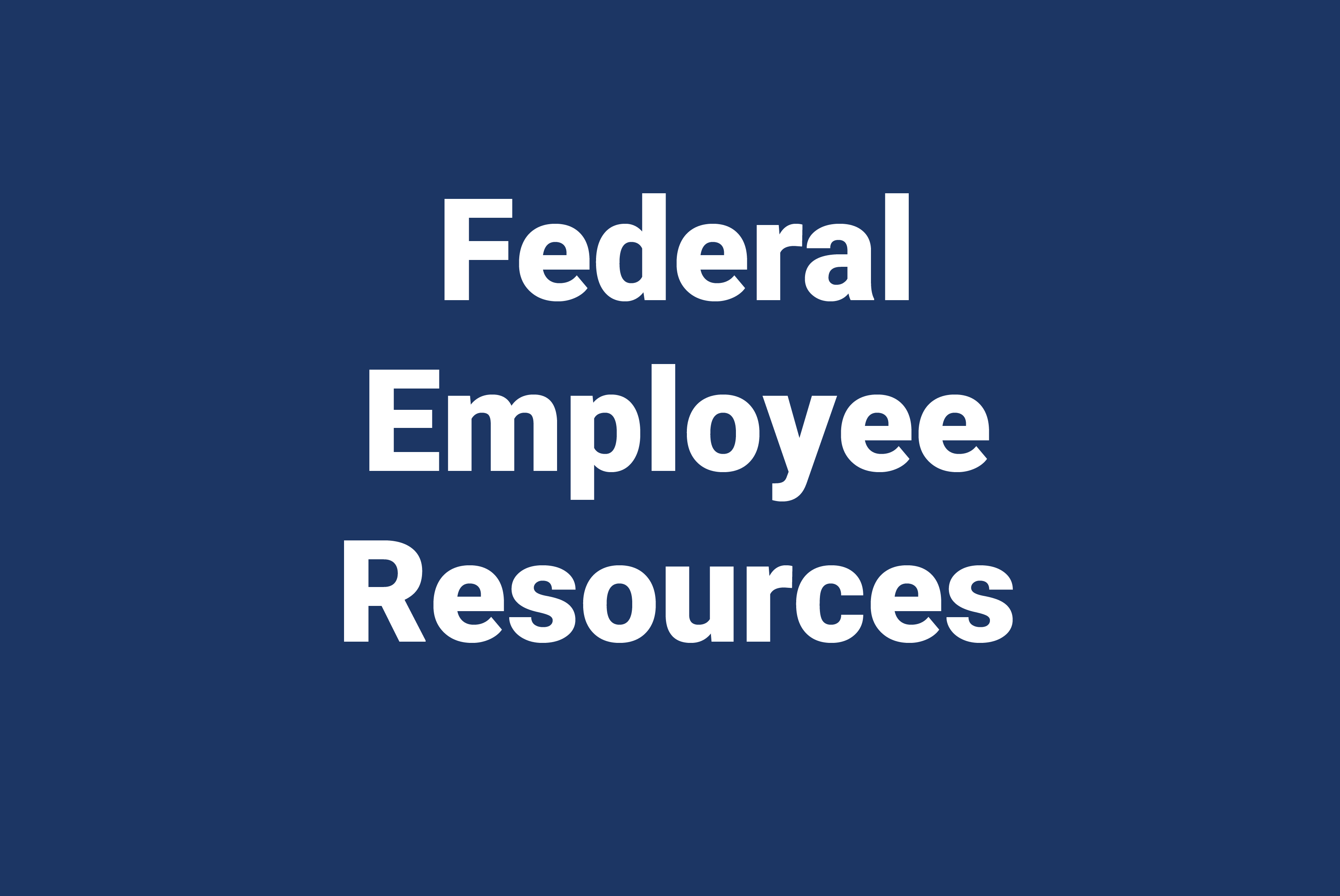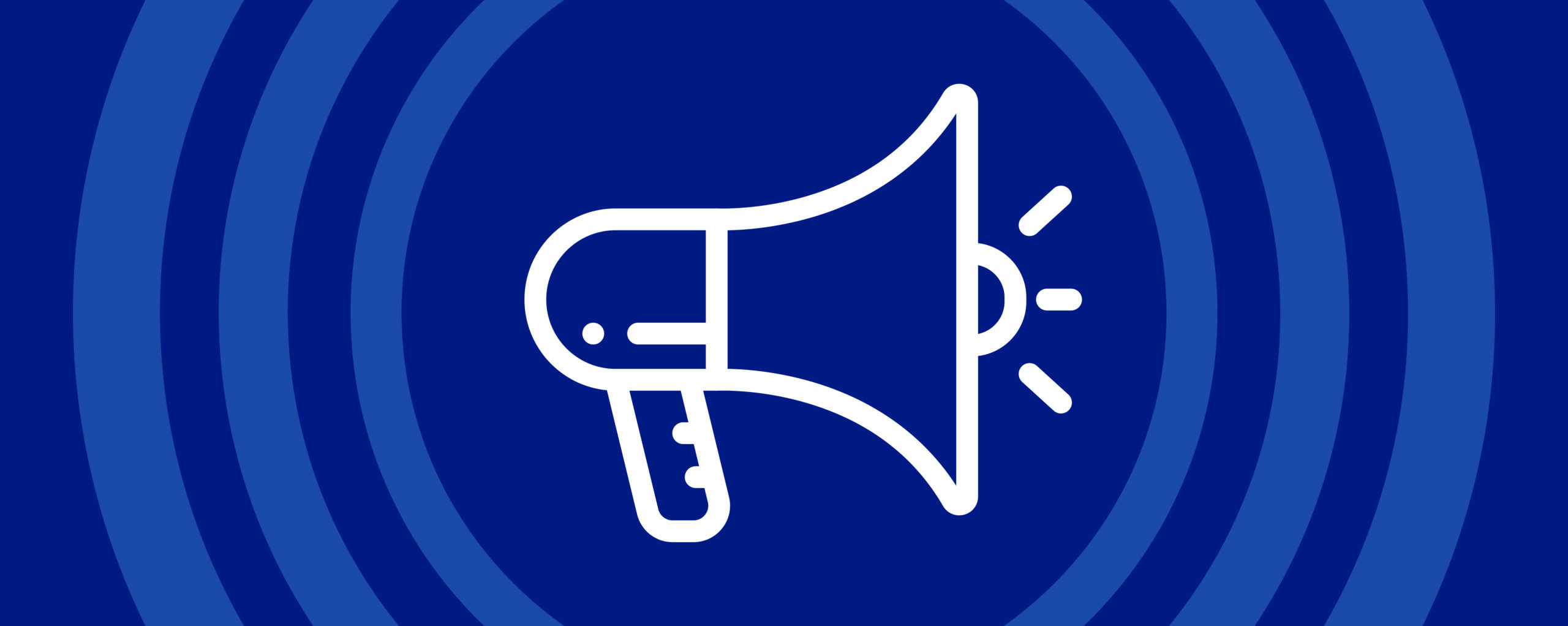
New ALICE Report Shows Maryland Households Still Struggle
Baltimore, MD (May 23, 2024) – Though wages for the lowest paid jobs have risen across the country at the fastest rate in four decades, the number of households struggling to get by in Maryland grew by 29,364 from 2021 to 2022. As a result, a total of 929,162 households or 39% were living paycheck to paycheck, according to a new update from Maryland United Ways and its research partner United For ALICE.
That calculation includes the 235,934 Maryland households in poverty as well as another 693,228 defined as ALICE (Asset Limited, Income Constrained, Employed), earning above the Federal Poverty Level but less than what’s needed to survive in the current economy. ALICE workers include child care providers, home health aides and cashiers – those working low-wage jobs, with little or no savings and one emergency from poverty.
ALICE in the Crosscurrents: An Update on Financial Hardship in Maryland shows that while wages were increasing, so too were costs. For a family of four with an infant and a preschooler, the basic costs to live and work in Maryland, excluding tax credits, rose from $97,056 in 2021 to $101,016 a year later. Compounding the issue in 2022 was the loss of up to $15,000 in federal child tax credits and stimulus payments that this family had access to in 2021.
“There is no doubt, bigger paychecks helped, but inflation and the loss of pandemic supports converged to keep ALICE trapped,” said United Way of Central Maryland CEO Franklyn Baker. “This latest data is a reminder that while we have made some progress, our work is far from over.”
The findings in this one-year period are consistent with a more than decade-long trend: Since the end of the Great Recession, despite some ups and downs, the number of ALICE households in Maryland has grown. The Great Recession saw the highest levels of unemployment and poverty in the last 60 years, and today those numbers are slightly above those all-time highs. From 2010 to 2022, households in poverty increased by about 1% – and the number of ALICE households grew by about 1%.
“The data is showing persistent and widespread financial hardship – a red flag that the current system isn’t working for ALICE,” said Stephanie Hoopes, Ph.D., United For ALICE National Director. “Current policy has not been enough to break down the barriers that trap ALICE households in financial hardship, from lack of access to housing and child care that’s affordable, to inadequate community supports such as broadband internet.”
Additional insights include:
- From 2010 to 2022, people age 65 and over made up the fastest-growing age group in Maryland – and the group with the largest increase in the number of households struggling to make ends meet, with 48% at or below the ALICE threshold.
- Racial disparities persisted in the rates of financial hardship; 48% of Black and 47% of Hispanic households in Maryland were either in poverty or ALICE in 2022, compared to 33% of white households.
- Food assistance continued to elude many vulnerable families in Maryland. Partly due to the SNAP income eligibility level in the state. Even though Maryland’s eligible income levels are two times the Federal Poverty Level, only 38% of all Maryland households in poverty and 21% of all ALICE households participated in SNAP in 2022.
To read the update and access online, interactive dashboards that provide data on financial hardship at the state, county and local levels, visit UnitedforAlice.org/Maryland.
United For ALICE partners with the United Way of Central Maryland and the United Ways of Maryland to bring this research to Maryland, and this work is sponsored by Kaiser Permanente, Ascension Saint Agnes Foundation, Ausherman Family Foundation, BEACON, Community Foundation of the Eastern Shore, Delaplaine Foundation, Inc., John D. Myerhoff, M.D. & Lenel Srochi-Meyerhoff; Leidos Biomedical Research, Inc.; and Turning Point Financial.
United Way of Central Maryland is collecting audio testimonials from ALICE individuals about the difficult financial choices they continue to face today given the high cost of essentials and ongoing inflation. Stories can be recorded at: ALICEvoices.org.
About United Way of Central Maryland
United Way of Central Maryland helps the working poor and those in poverty access basic needs like housing, healthcare, jobs, and education. The nonprofit’s programs promote equity, create opportunity and improve the lives of our neighbors and the neighborhoods they call home. For nearly 100 years, United Way has addressed ongoing and emerging needs in Baltimore City and Anne Arundel, Baltimore, Carroll, Harford, and Howard counties. Learn more at uwcm.org.
About United For ALICE
United For ALICE is a U.S. research organization driving innovation, research and action to improve life across the country for ALICE (Asset Limited, Income Constrained, Employed) and for all. Through the development of the ALICE measurements, a comprehensive, unbiased picture of financial hardship has emerged. Harnessing this data and research on the mismatch between low-paying jobs and the cost of survival, ALICE partners convene, advocate and collaborate on solutions that promote financial stability at local, state and national levels. This grassroots ALICE movement, led by United Way of Northern New Jersey, has spread to 31 states and includes United Ways, corporations, nonprofits and foundations in Arkansas, Colorado, Connecticut, Delaware, Florida, Georgia, Hawai‘i, Idaho, Illinois, Indiana, Iowa, Kansas, Louisiana, Maine, Maryland, Michigan, Minnesota, Mississippi, New Jersey, New York, North Carolina, Ohio, Oregon, Pennsylvania, South Carolina, Tennessee, Texas, Virginia, Washington, Washington, D.C., West Virginia and Wisconsin; we are United For ALICE. For more information, visit: UnitedForALICE.org.


